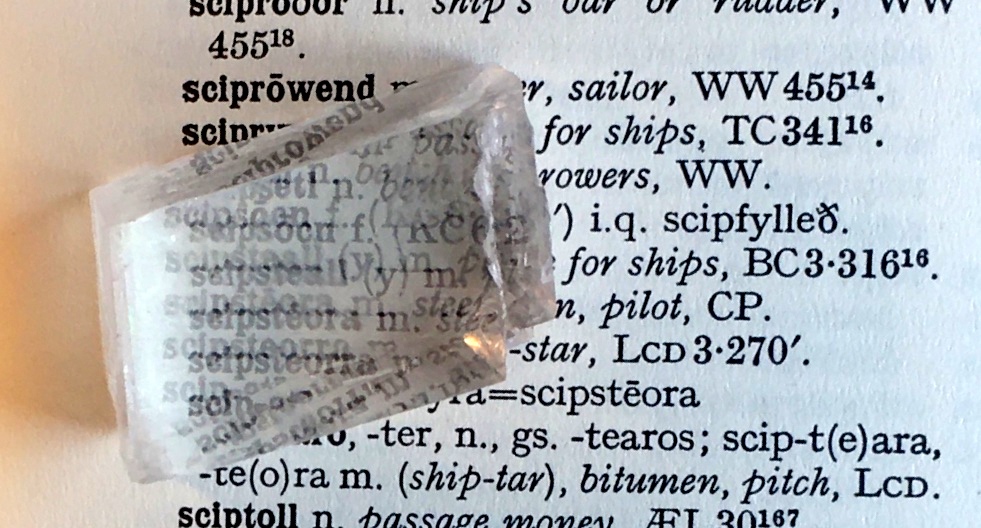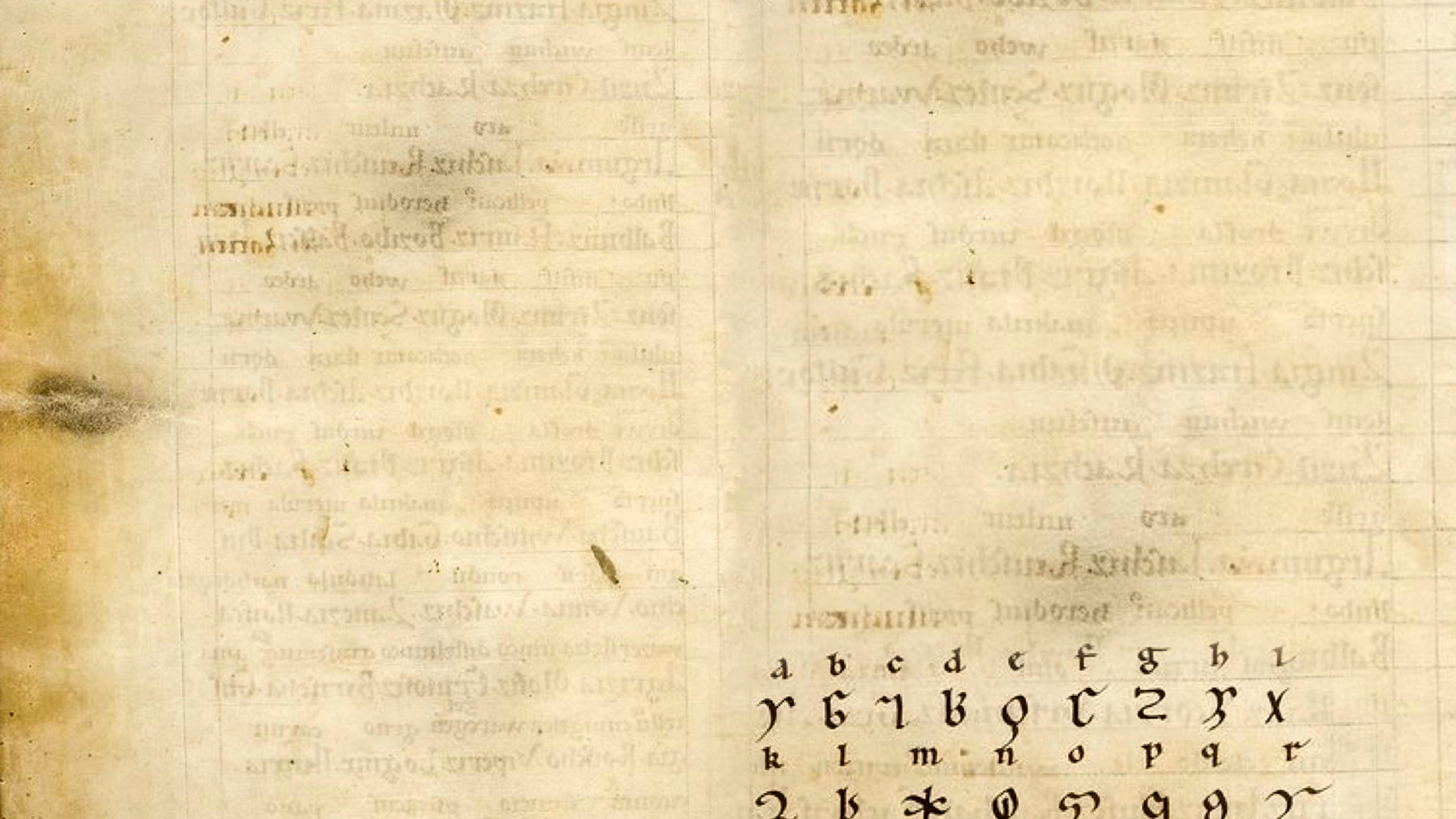 It’s one thing to get from place to place by boat if you can keep an eye on the coastline the entire time. But if you want to cross the open sea without GPS, you will need some sort of instrument for navigation. Magnetic compasses are nice, but mariners at the time of the Rune Poem did not have them. With a watch they could have pointed the little hand at the sun and halfway between it and the 12 will be south. They had no watches. They had sticks and the sun, with that they could find direction easily enough, the shortest shadow of the day points south, and the shadow will move in an easterly direction as the sun tracks west. This works beautifully for navigating on land, land does not pitch and roll under your feet, sending shadows in every direction. It’s a different thing on an unsteady ship, a sea horse that has lost its bridle.
It’s one thing to get from place to place by boat if you can keep an eye on the coastline the entire time. But if you want to cross the open sea without GPS, you will need some sort of instrument for navigation. Magnetic compasses are nice, but mariners at the time of the Rune Poem did not have them. With a watch they could have pointed the little hand at the sun and halfway between it and the 12 will be south. They had no watches. They had sticks and the sun, with that they could find direction easily enough, the shortest shadow of the day points south, and the shadow will move in an easterly direction as the sun tracks west. This works beautifully for navigating on land, land does not pitch and roll under your feet, sending shadows in every direction. It’s a different thing on an unsteady ship, a sea horse that has lost its bridle.
At night, the stars are dependable and may be reliably followed. Orion rises in the east and sets in the west, and the pole star stays put. Easy. Problem solved, you can find your way at night. Except when it is cloudy and you can’t see the stars. It’s an obstacle, weather. Now what? Hwat?
A stone. A sunstone, that’s what, Iceland spar.
Iceland spar is a form of calcite, a gem clear as glass, rhombus shaped, that can depolarize sunlight. Look at something through it and it doubles: the light passing through it splits in two. Tilt the stone this way and that, rotate it, and you can see a difference in contrast between the two images, one darker one lighter, one image will appear to move past the other. When the images are side by side and at the same degree of contrast, the stone is aligned with the sun. This works just as well, perhaps better, when the sun has slipped below the horizon but still sends enough light through the clouds to see by. A scipsteora (ship steerer) can navigate by the scipsteorra (pole star) and Orion on a cloudless night and with a nice clear piece of Iceland spar, by the sun in the day no matter how bad the weather.



